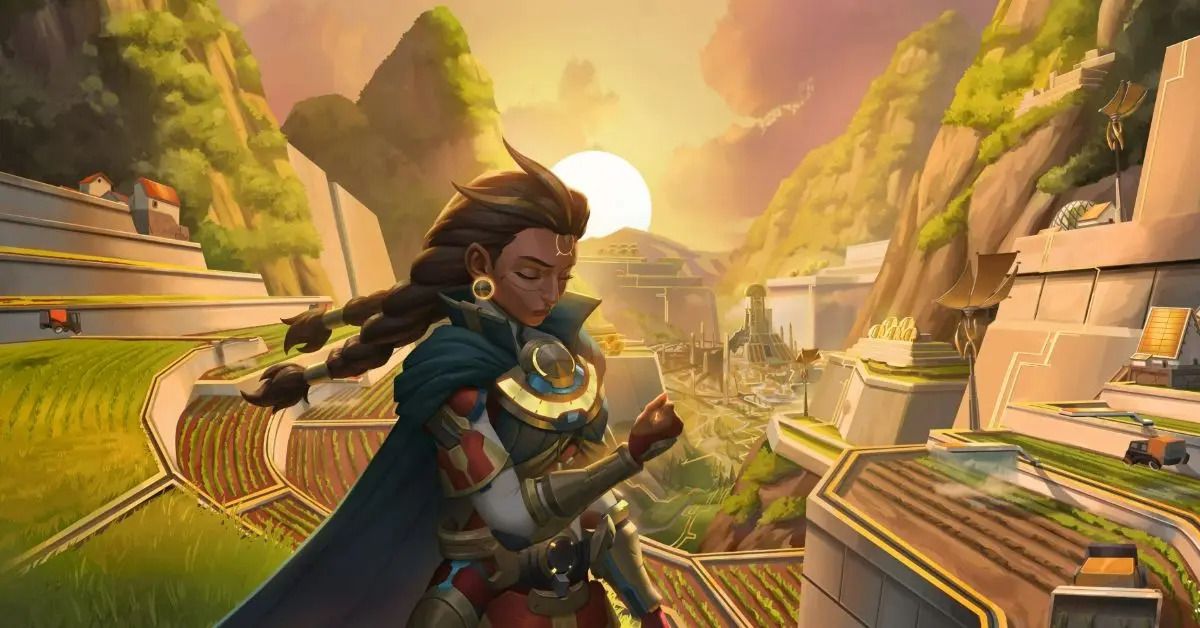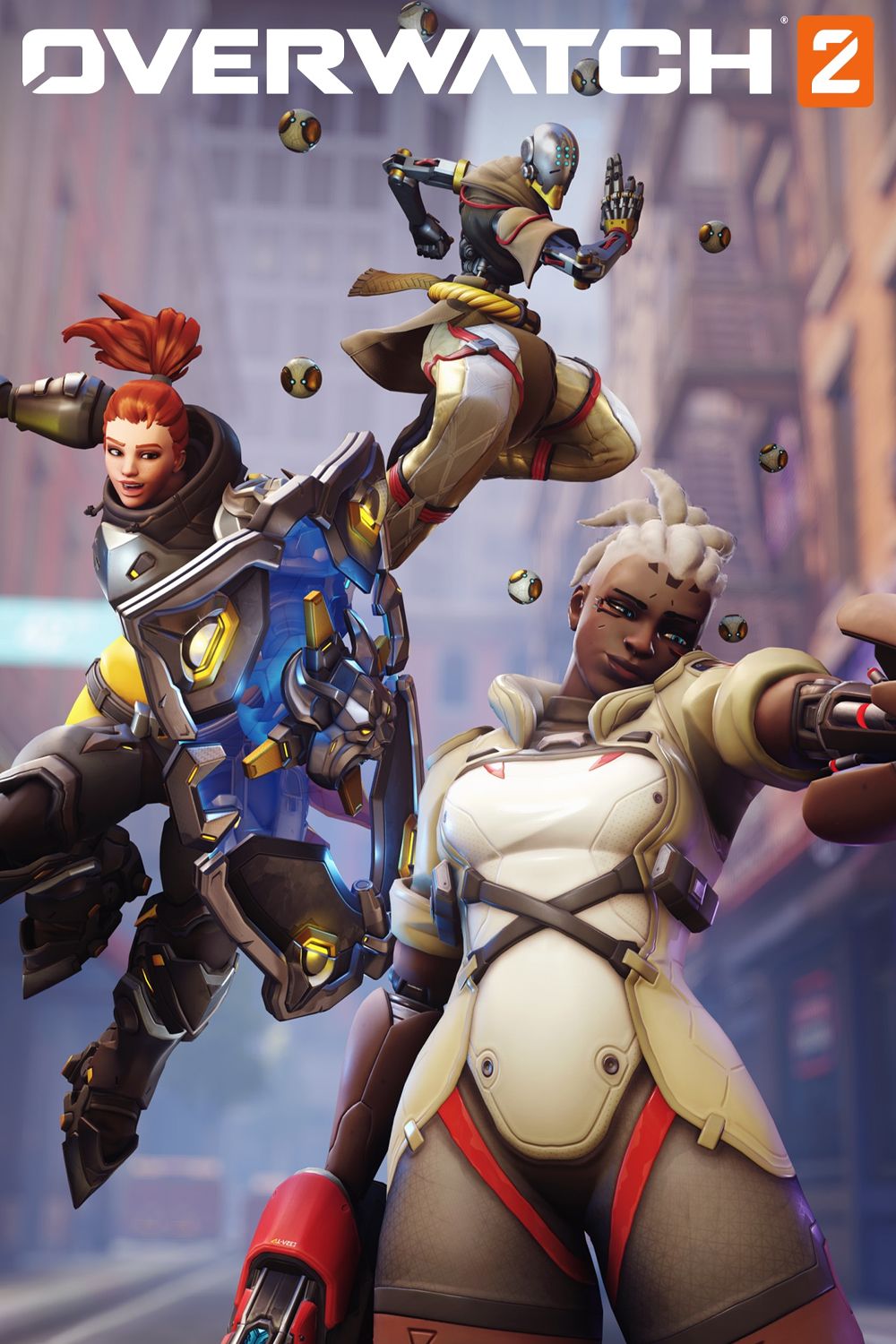
The Pros and Cons of Support Nerfs in Overwatch 2

Overwatch 2's recent update delivers a mixed bag for Support heroes, as the nerfs introduced bring about both positives and negatives, highlighting a potential disconnect between skill levels
Article Key Points
Overwatch 2 has implemented comprehensive balance changes, particularly focused on nerfing Support heroes and buffing Tanks, to create a more level playing field.
These changes are intended to address the excessive power of Support heroes in top-tier competitive ranks, promoting a more balanced high-end competitive environment. Nonetheless, the comprehensive nature of these adjustments could have adverse effects on casual players and those with lower skill levels, potentially causing confusion due to the concentrated focus on Support heroes by Blizzard. It is imperative to adopt a more customized approach to balance changes that considers individual skill levels.
Following the successful Halloween-themed Season 7 event of Overwatch 2, fans now have a new wave of content and balance changes to enjoy. Alongside a brand-new crossover event featuring limited time game modes and skins, it's important not to overlook the significant impact of recent hero changes on the game.
The balancing changes in Overwatch 2 are comprehensive, affecting Tank, DPS, and Support heroes to level the playing field. While this is typical for a highly competitive shooter, these changes specifically aim to nerf the game's Support hero roster while increasing the strength of Tanks. This change is something that many community members have been requesting for a long time, but it may create difficulties for more casual players and highlight a larger issue with Overwatch 2 as a whole.
Overwatch 2's Support Hero Nerfs: A Disconnect Between Skill Levels
Overwatch 2's Support roster has long been criticized for its imbalance, particularly due to the frequent addition of new heroes to this class. This influx of Support heroes has posed a challenge in effectively balancing their presence in the game, leading to perceptions of the role being overpowered in recent metas. While this imbalance has had a minimal impact on the DPS role, it has adversely affected the power of Tanks in Overwatch 2. Here are the comprehensive nerfs implemented to address the Support balance issue.
Ana's Biotic Grenade cooldown increased from 10 seconds to 12.
Baptiste's Immortality Field health decreased from 150 to 125, cooldown increased from 23 seconds to 25.
Illari's primary fire projectile size halved, Healing Pylon health reduced from 125 to 100.
Kiriko's Protection Suzu cooldown increased from 14 seconds to 15.
The ammo for Lifeweaver's Healing Blossom has been decreased from 20 to 16, and the maximum healing has been reduced from 75 to 70. The cooldown of Life Grip has been increased from 16 to 19 seconds. Additionally, Zenyatta's Orb of Discord cannot be re-applied to the same target for 7 seconds after it has initially worn off.
This significantly affects a staggering 60% of Overwatch 2's Support heroes, showing that Blizzard made a deliberate attempt to reduce the role's power with these adjustments. The excessive strength of Support heroes was most visible in Overwatch 2's top competitive ranks, greatly impacting Tank players due to the overwhelming presence of Supports across the board. Consequently, these changes represent a significant advancement in creating a more viable and balanced experience at the highest level of play.
However, while there is logical reasoning behind these modifications, there is an inherent drawback to their comprehensive nature throughout Overwatch 2's Support heroes. At lower skill levels, the perceived imbalance of Support heroes was not as evident as it was in higher ranks, leading more casual players to question why Blizzard has targeted the role so heavily.
The ongoing issue of the high skill ceiling in Overwatch 2 has persisted for years, leading to a dilemma where adjustments are made to accommodate certain player groups while disregarding others. Such changes have the potential to negatively impact Support gameplay in lower rankings. To address this concern, a different approach is imperative. Many dedicated fans have consistently advocated for balance modifications that are specifically tailored to different matchmaking ranks, ensuring that adjustments align with the skill level of each group. Although this undertaking may be intricate, it is the sole foolproof method to circumvent any detrimental consequences accompanying every Overwatch 2 balance alteration.
Overwatch 2
Franchise: Overwatch
Platforms: PS4, PS5, Xbox One, Switch, Xbox One S, Xbox One X, PC
Release Date: October 4, 2022
Developers: Blizzard
Publishers: Blizzard
Genre: Shooter
Platforms with Crossplay Support: PC, PS4, PS5, Switch, Xbox One, Xbox Series X/S
Official Site: Visit Here
Xbox Games Store: View on Xbox Games Store
Nintendo eShop: View on Nintendo eShop
Playstation Store: View on Playstation Store
Steam: View on Steam
Editor's P/S
As an enthusiastic fan of Overwatch 2, I have mixed feelings about the recent support nerfs. On the one hand, I understand the need to balance the game and create a more level playing field for all heroes. The excessive power of support heroes in top-tier competitive ranks was a problem that needed to be addressed, and the nerfs introduced in the recent update aim to do just that.
On the other hand, I worry that these nerfs may have a negative impact on casual players and those with lower skill levels. The comprehensive nature of the changes could make it more difficult for these players to enjoy the game, as they may feel that their favorite heroes have been unfairly weakened.
Additionally, the focus on nerfing support heroes could lead to a situation where other roles, such as tanks and damage dealers, become overpowered. It is important for Blizzard to carefully monitor the impact of these changes and make adjustments as needed to ensure that the game remains balanced and enjoyable for all players.















